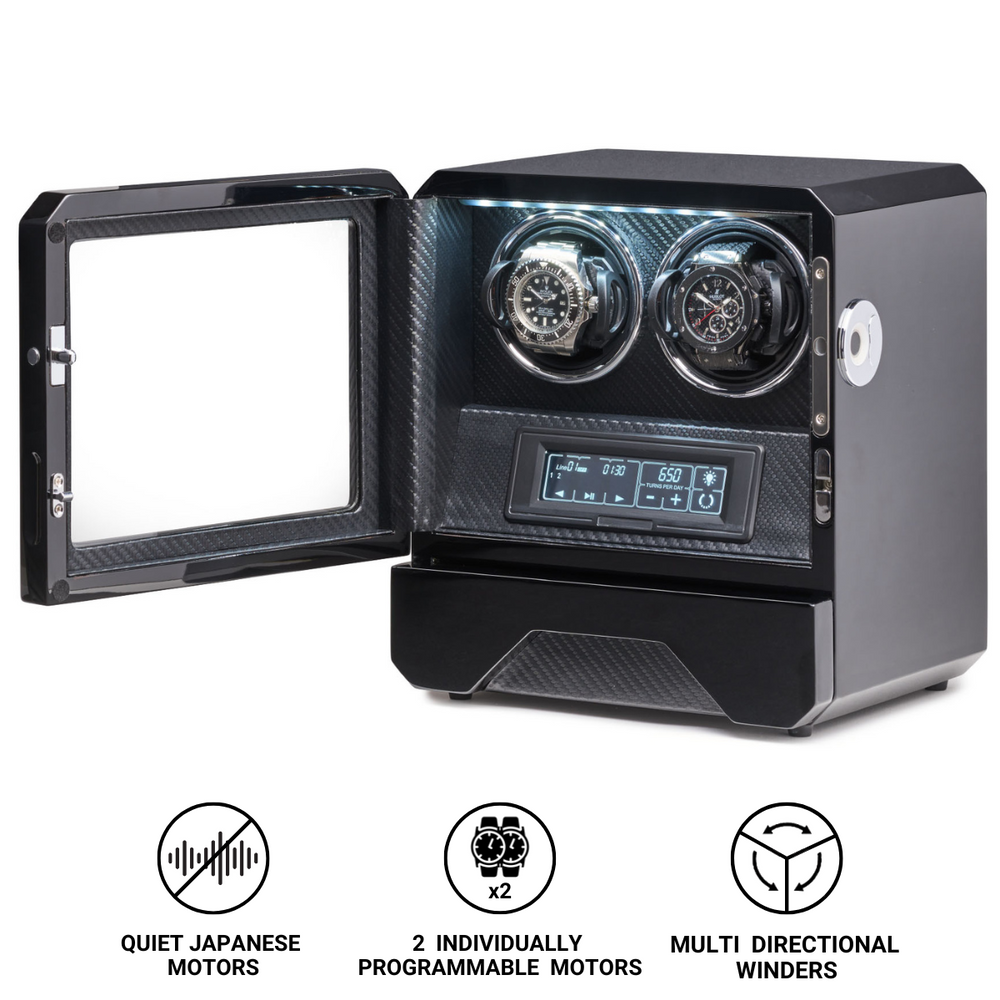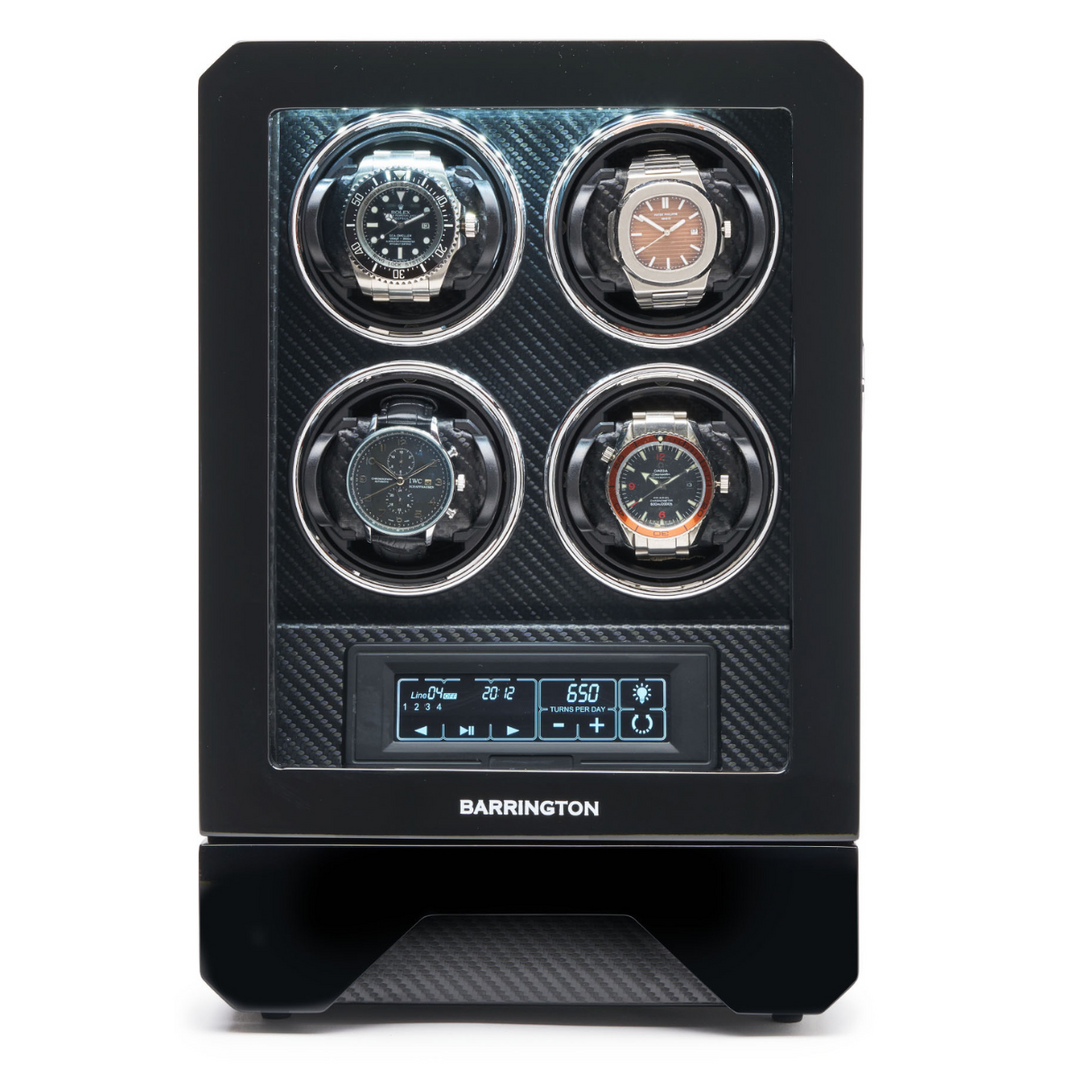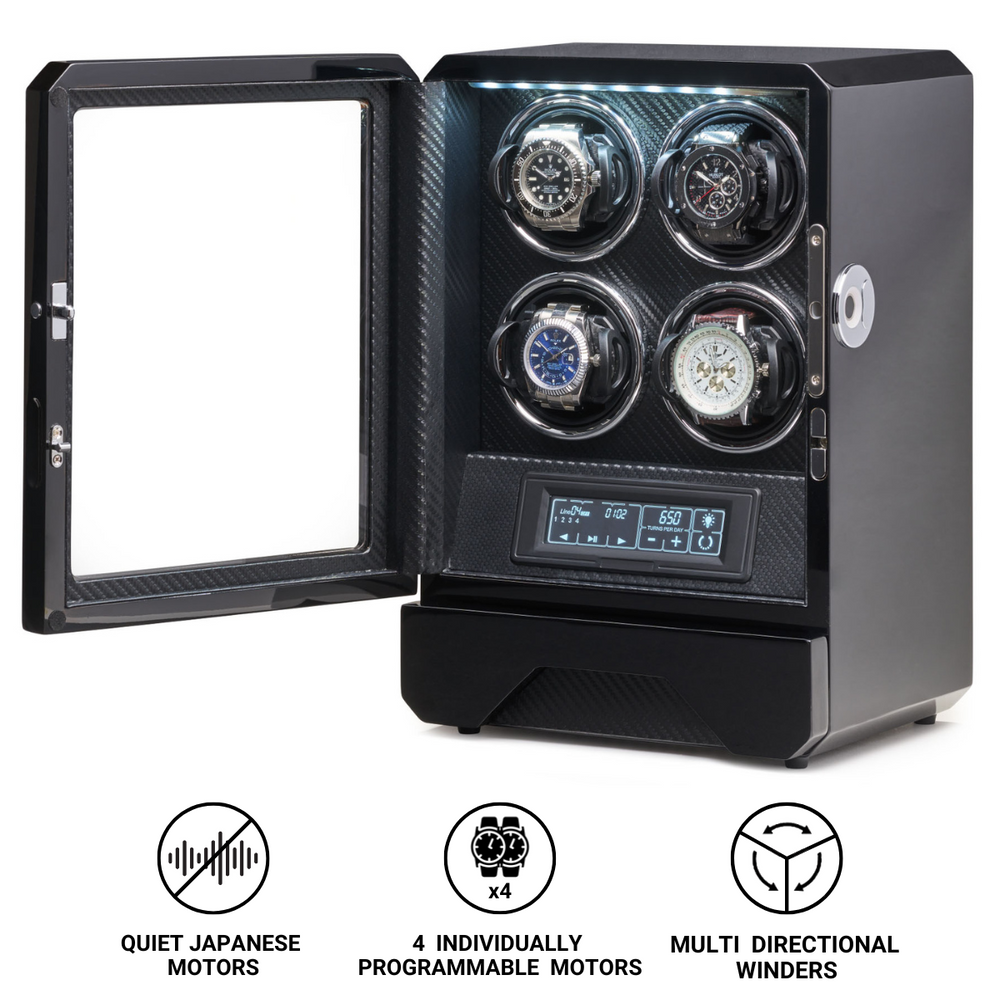What is Column Wheel?
In the intricate world of chronograph mechanisms, few components are as admired and revered as the column wheel. Often hidden beneath the dial, this small, castle-like wheel plays a vital role in controlling the start, stop, and reset functions of the chronograph. For many horological enthusiasts and watchmakers, it represents the essence of fine mechanical engineering—a symbol of precision, craftsmanship, and tactile perfection.
Although the column wheel is a purely functional part, its design, operation, and heritage elevate it to near-mythical status in the world of mechanical chronographs. Understanding its purpose and history reveals why it continues to be associated with the most refined and prestigious timepieces, even in an age of mass production and automation.
The Origins of the Column Wheel
The chronograph, as a complication, dates back to the early 19th century, when watchmakers sought to create portable instruments capable of measuring elapsed time with precision. Early designs, including those by Nicolas Mathieu Rieussec and Louis Moinet, were relatively crude by modern standards, relying on ink markings or independent seconds mechanisms.
By the mid-19th century, however, chronograph technology had evolved into the familiar start-stop-reset system we recognise today. The column wheel emerged as a critical innovation in this evolution. It provided a reliable and elegant way to coordinate the multiple levers and hammers required to control a chronograph’s complex sequence of actions.
The column wheel’s distinctive shape—featuring several vertical columns resembling the crenellations of a castle turret—was not chosen for aesthetics but for function. Each notch or gap between the columns acts as a precise engagement or disengagement point for the chronograph’s operating levers. As the wheel rotates incrementally, it orchestrates the interaction between these levers, ensuring that the chronograph operates smoothly and consistently.
By the late 19th and early 20th centuries, the column wheel had become the hallmark of high-quality chronographs, appearing in the finest pocket watches and, later, in the early wristwatch chronographs that defined the golden age of mechanical sports timing.
The Role of the Column Wheel in a Chronograph
To appreciate the significance of the column wheel, one must first understand the basic operation of a chronograph. A chronograph is, in essence, a timekeeping device with an additional mechanism that allows the measurement of short intervals without affecting the main time display. The user controls this mechanism via pushers that start, stop, and reset the chronograph hands.
The column wheel serves as the central coordinating component of this system. It acts as a mechanical “brain,” managing the sequence of operations through its rotational movement. Each press of a chronograph pusher turns the column wheel by one increment, advancing it to a new position that corresponds to a specific state of operation.
The process typically follows these stages:
-
Start – When the start pusher is pressed, the column wheel rotates, lifting or releasing specific levers that engage the clutch mechanism. This action connects the chronograph seconds wheel to the main gear train, setting the chronograph hand in motion.
-
Stop – Pressing the pusher again turns the column wheel further, disengaging the clutch and halting the chronograph hand’s motion.
-
Reset – When the reset pusher is activated, the column wheel allows the hammer to drop onto heart-shaped cams attached to the chronograph wheels, returning all hands to their zero positions.
The precise coordination of these movements depends entirely on the design and adjustment of the column wheel. Its rotating columns ensure that each lever moves at exactly the right moment, preventing mechanical conflicts and ensuring a crisp, tactile response to each press of the pushers.
Column Wheel vs. Cam-Actuated Chronographs
In the 20th century, as demand for chronographs increased, manufacturers sought to simplify production and reduce costs. The column wheel mechanism, though highly effective, was labour-intensive to produce and required expert finishing and assembly. This led to the development of the cam-actuated chronograph, also known as a shuttle or coulisse mechanism.
The cam system replaces the column wheel with a heart-shaped cam that controls the same functions but through a simpler series of sliding levers and pivot points. It is cheaper to manufacture and easier to assemble, which made it ideal for mass production during the mid-20th century, particularly in models such as the Valjoux 7730 and later ETA-based chronographs.
However, the trade-off was a noticeable difference in feel and refinement. Column wheel chronographs are prized for their smooth, consistent pusher action—each click feels deliberate and precise. In contrast, cam-actuated chronographs tend to produce a slightly rougher or more abrupt sensation when the pushers are engaged.
From a functional perspective, both mechanisms achieve the same result, but from an emotional and aesthetic standpoint, the column wheel remains the connoisseur’s choice. It symbolises traditional craftsmanship and meticulous engineering, reflecting the human touch in mechanical watchmaking.
The Construction and Design of the Column Wheel
The column wheel itself is a small but highly intricate component, typically crafted from steel. It features a central hub surrounded by vertical columns or teeth arranged in a circular pattern. The number of columns varies depending on the design—usually between six and eight—and each gap between the columns corresponds to a specific lever position.
When the chronograph is activated, the column wheel rotates one increment at a time, guided by a spring-loaded jumper or detent. This ensures precise engagement with minimal backlash. The height, spacing, and polish of the columns are critical, as they determine the smoothness of lever transitions and the overall feel of the pushers.
Manufacturing a column wheel requires precision machining, followed by extensive hand finishing. The top surfaces of the columns are often polished to reduce friction, while the flanks are carefully bevelled for visual beauty and mechanical efficiency. In haute horlogerie watches, the column wheel may even be blued through heat treatment, both as a mark of craftsmanship and to protect against corrosion.
The Advantages of a Column Wheel Chronograph
The enduring popularity of column wheel chronographs among collectors and watchmakers is not based on nostalgia alone. The mechanism offers several tangible advantages that contribute to its superior performance and user experience.
-
Smooth Operation and Tactile Feedback
The hallmark of a column wheel chronograph is the buttery smooth feel of its pushers. Each press engages or disengages the mechanism with a satisfying, precise click. This tactile quality is achieved through the direct interaction of the levers with the column wheel’s polished surfaces. -
Mechanical Reliability
The column wheel ensures that the sequence of chronograph operations cannot overlap or interfere with each other. For example, the reset function cannot be triggered while the chronograph is running, preventing potential damage to the mechanism. -
Durability and Longevity
Though more complex, column wheel systems tend to wear more evenly and remain stable over long periods if properly maintained. Their design distributes mechanical stress efficiently, preserving accuracy and responsiveness. -
Prestige and Craftsmanship
In high-end watchmaking, the presence of a column wheel is often a mark of distinction. It signals that the movement has been built to the highest traditional standards, combining engineering precision with artisanal finishing.
The Aesthetic Dimension
Beyond its mechanical role, the column wheel has become a visual and symbolic centrepiece in fine chronographs. Many modern manufacturers display it proudly through sapphire casebacks, allowing enthusiasts to admire its intricate geometry and motion. The sight of the column wheel rotating incrementally with each press of the pusher adds a dynamic, almost theatrical element to the experience of using the watch.
In haute horlogerie, column wheels are often meticulously decorated. Edges are chamfered, surfaces are polished to a mirror finish, and sometimes the wheel is thermally blued to achieve a rich, deep hue. These touches transform the component from a functional mechanism into a work of art—a demonstration of the watchmaker’s dedication to detail.
Historical and Modern Examples
Throughout history, the column wheel has appeared in many of the most iconic chronographs. Early models from Longines, Universal Genève, and Minerva relied on this system, setting the benchmark for smooth and precise operation. In the post-war era, calibres such as the Valjoux 72 and Lemania 2310 established the column wheel as the standard of excellence in Swiss chronograph design.
One of the most famous uses of the column wheel is found in the Omega Calibre 321, used in the original Speedmaster models, including those worn during NASA’s Apollo missions. Its exceptional reliability under extreme conditions demonstrated the durability of the mechanism.
In contemporary watchmaking, brands such as Patek Philippe, Zenith, A. Lange & Söhne, and Vacheron Constantin continue to use column wheel chronographs as a mark of technical purity. Even in mass-produced models, such as Seiko’s automatic chronographs, the column wheel remains a testament to precision and heritage.
The Column Wheel as a Symbol of Tradition
In an age when computerised manufacturing and simplified mechanisms dominate production, the column wheel stands as a symbol of traditional watchmaking philosophy. It is a reminder that precision and emotion can coexist in mechanical form. Each component, each lever, and each notch in the wheel is the result of countless hours of design, adjustment, and hand assembly.
Collectors often describe the feel of a column wheel chronograph as “alive.” The smooth progression of the pushers, the satisfying engagement of the mechanism, and the visible choreography of parts all contribute to an experience that connects the wearer directly with the movement’s mechanical soul.
Conclusion
The column wheel remains one of the defining elements of high-end chronograph design—a mechanism that marries mechanical complexity with tactile perfection. Born in the 19th century and refined over generations, it continues to embody the values of precision, craftsmanship, and aesthetic beauty that define fine watchmaking.
Though modern alternatives may offer cost efficiency and simplicity, none capture the same sense of mechanical poetry. The column wheel’s seamless coordination, crisp action, and visual elegance make it not merely a functional component, but a masterpiece of horological engineering.
In every rotation of the column wheel lies the legacy of centuries of innovation and artistry. It is the silent conductor of the chronograph’s symphony, ensuring that each note of motion plays in perfect harmony—a timeless tribute to the pursuit of perfection in mechanical timekeeping.









